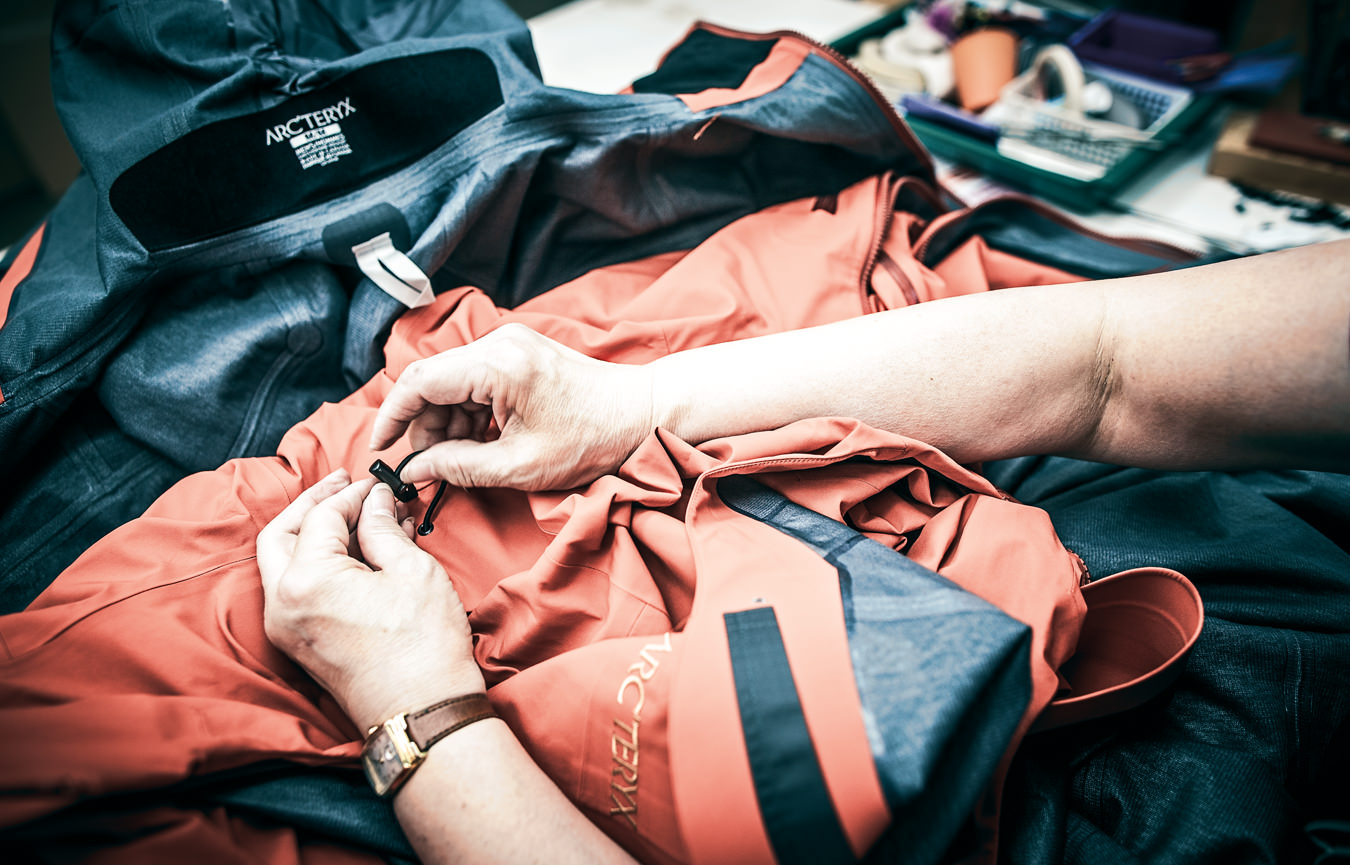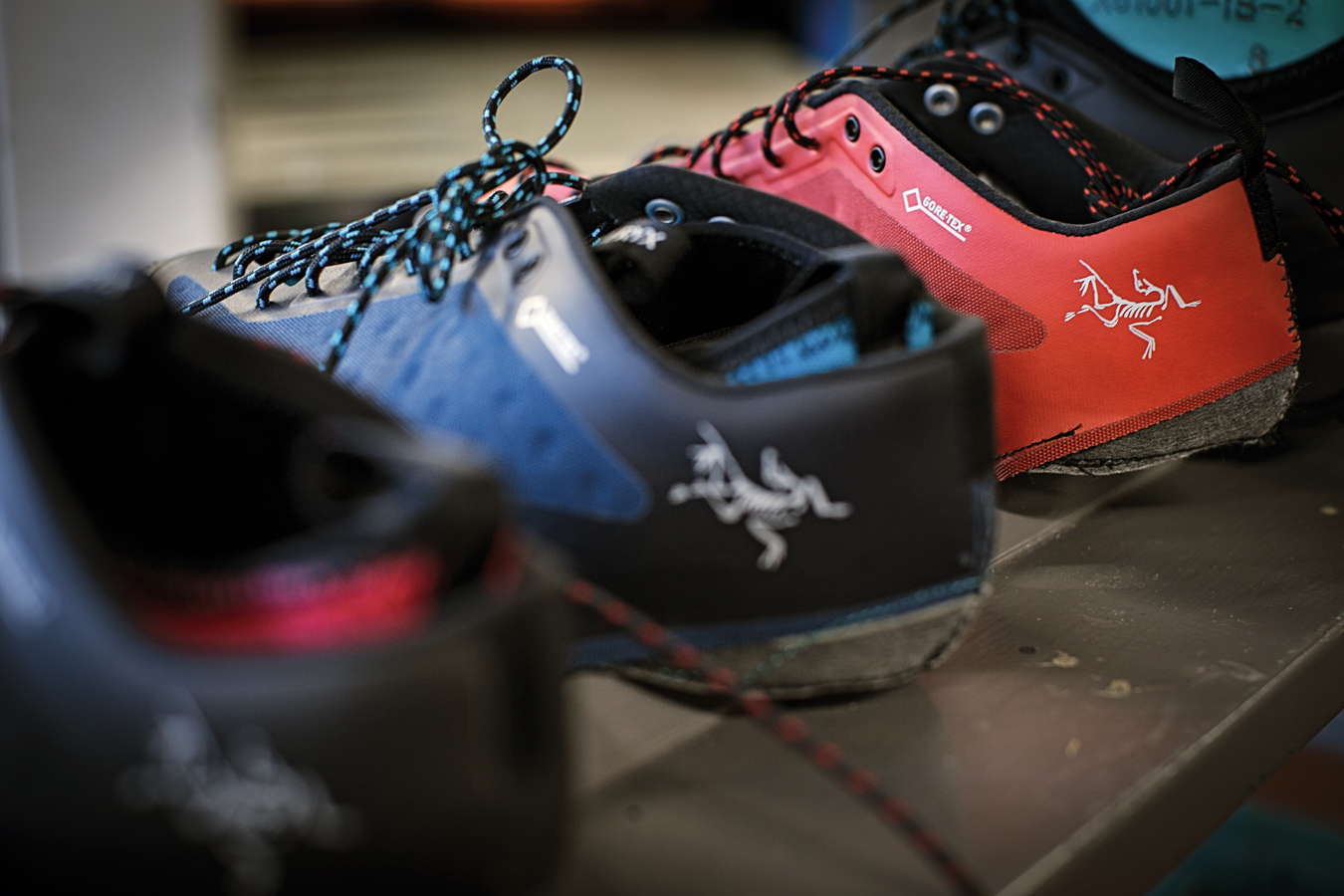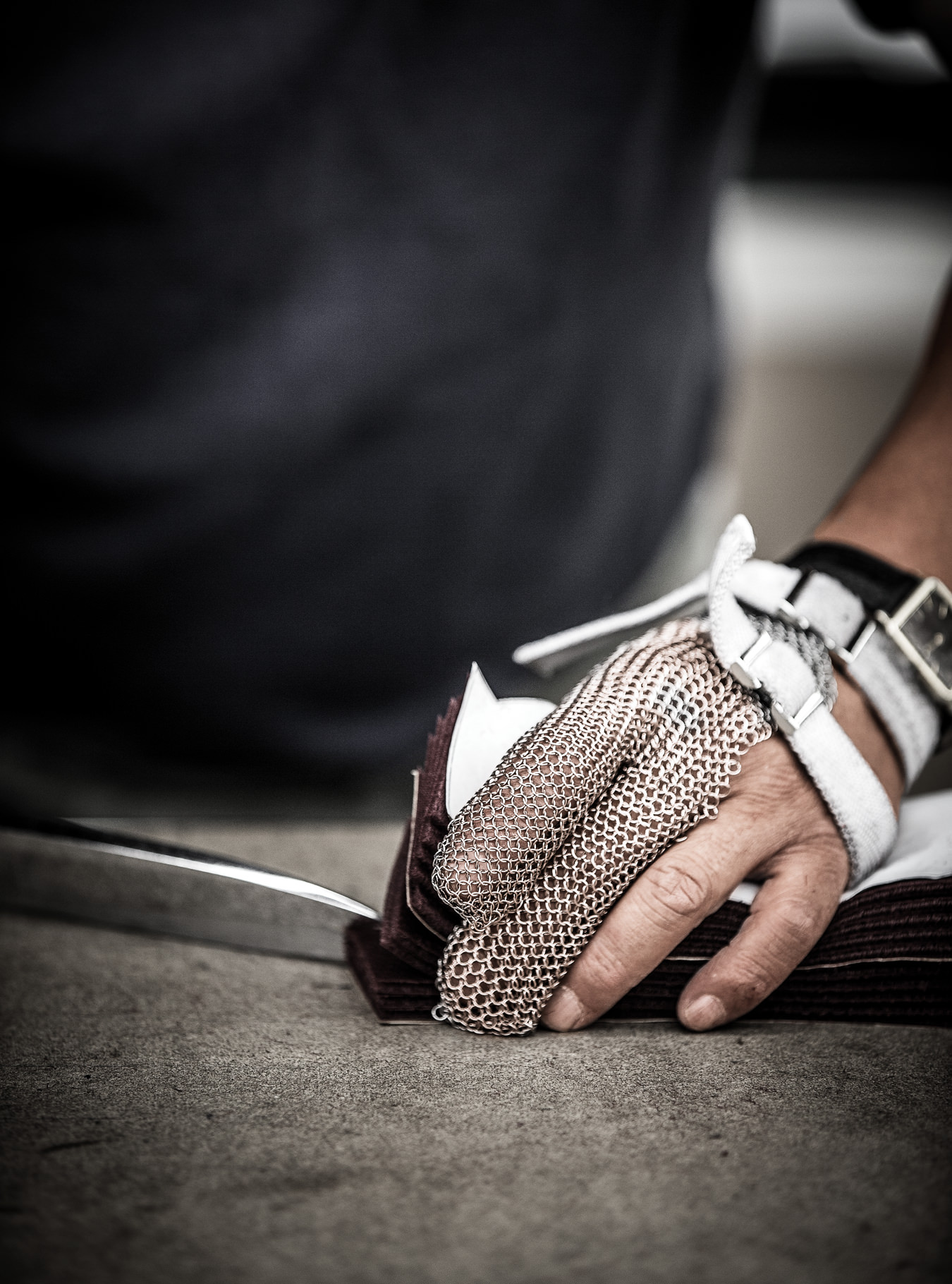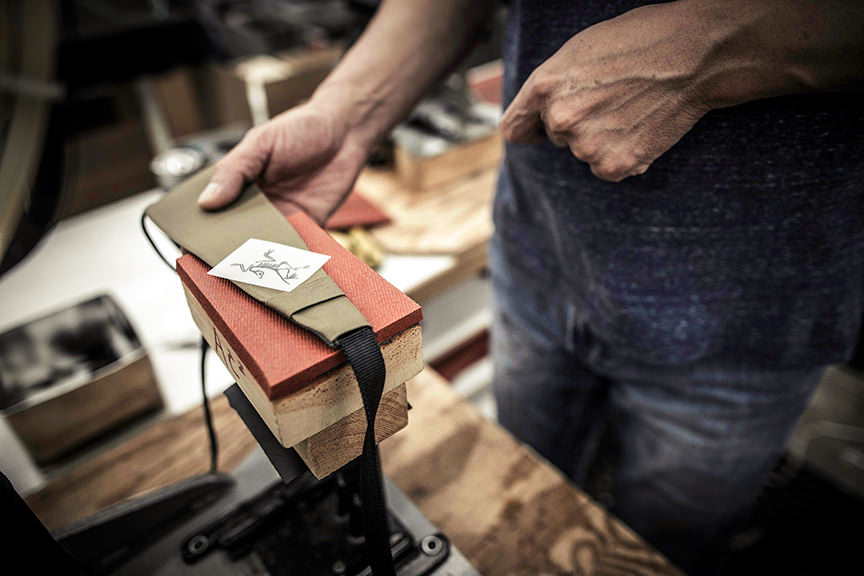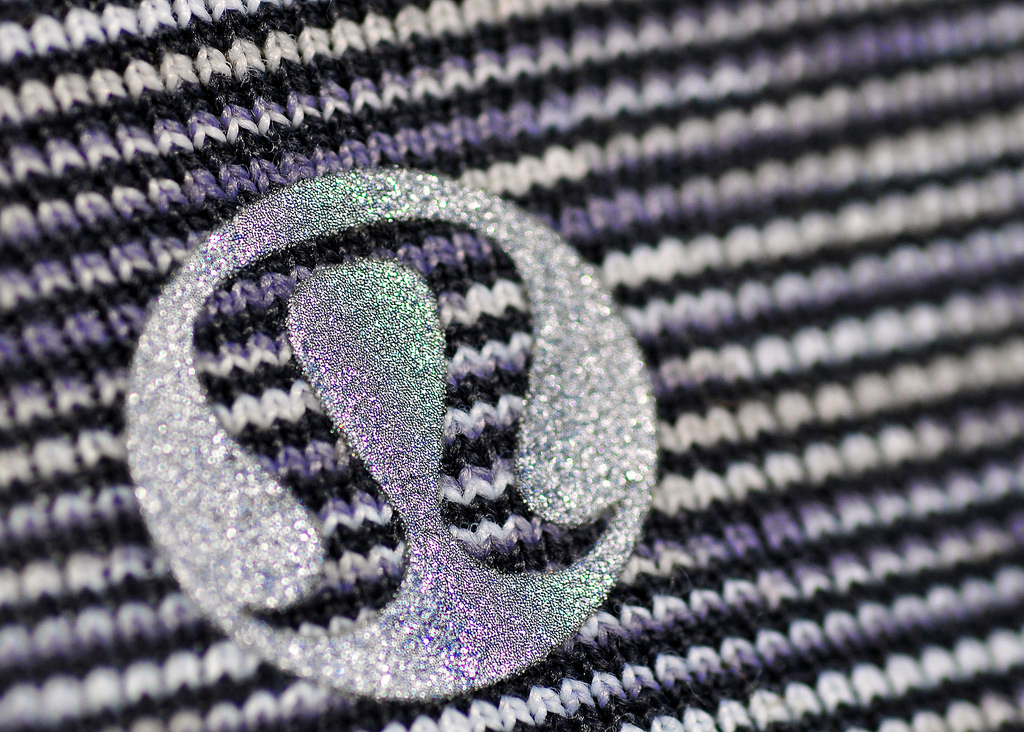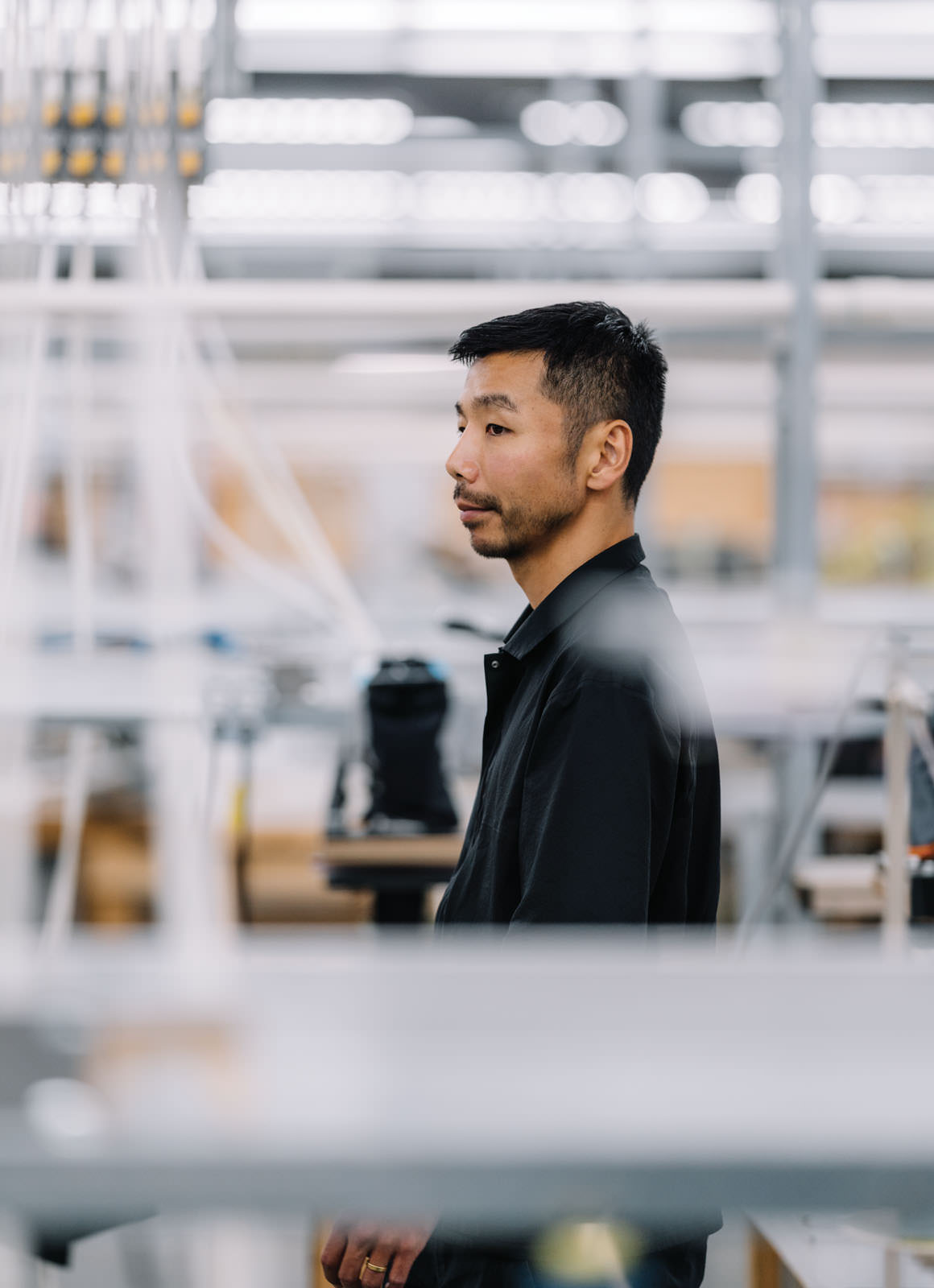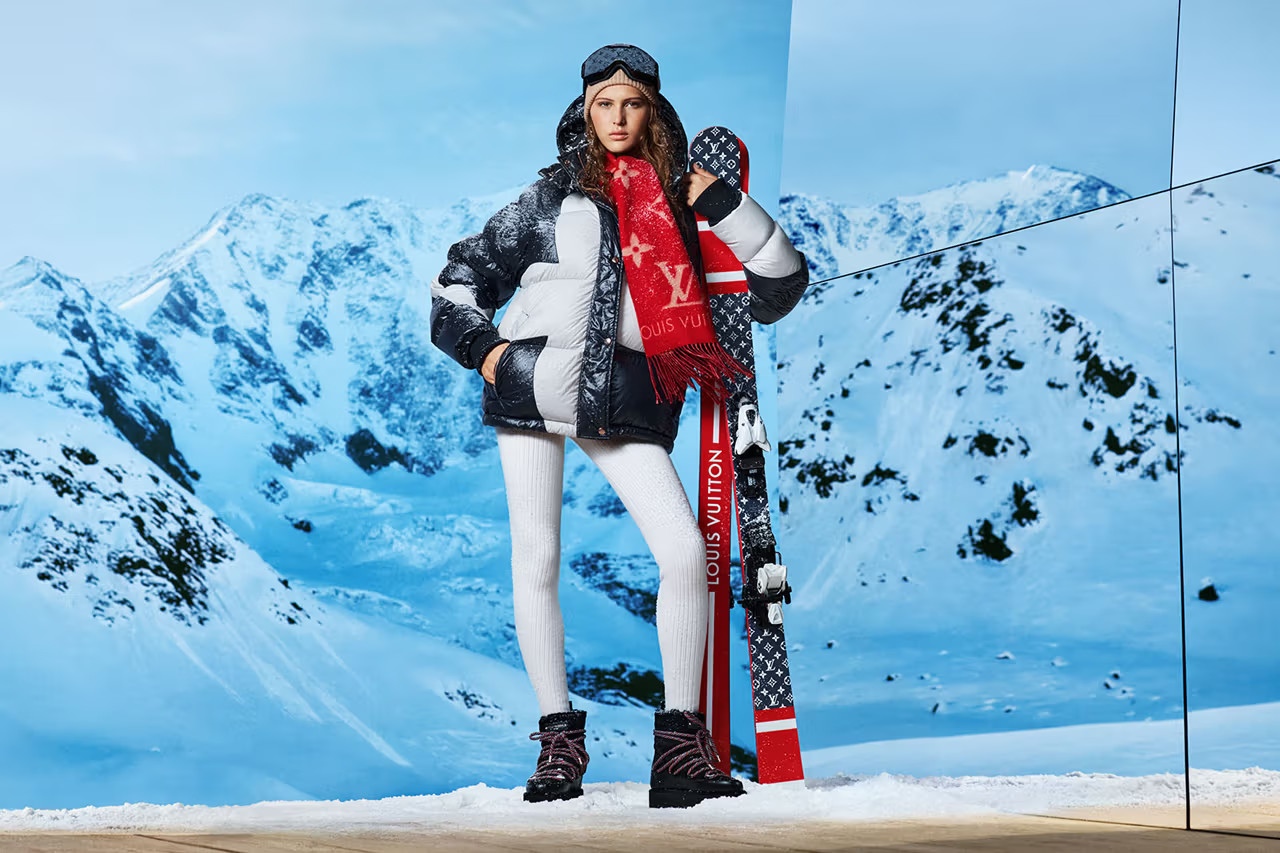Arc’teryx
Gear up for the outdoors.
Selling the great outdoors is a competitive enterprise: the race to the top of literal mountains is as important as the figurative ones in authentically planting a flag. Since outdoor and athletic apparel is pacing well ahead in the textile industry as a whole, there still seems to be lots of room for everybody to try for the peak. Though to forget one of nature’s key lessons, that only the fittest survive, would be foolish.
For individuals who have played in the wilderness since heavy wool, cotton, and canvas were the requisite wardrobe to do so, the increasing number of faces encountered on day hikes, camping weekends, and backcountry ski trips are the personifications of this burgeoning industry. It’s de rigueur to spend time in nature, partly because now you can look stylish and be more physically comfortable in the elements, and also because this getting-back-to-nature trend isn’t just so much marketing palaver.
In the book Your Brain on Nature, released in 2012, authors Eva M. Selhub and Alan C. Logan explore mounting scientific evidence that “by pushing ourselves away from nature, we humans … are risking losing contact with one of the most vital mental health tools imaginable.” They go on to reference Harvard biologist Edward O. Wilson who, in the 1980s, proposed that biophilia, the bond between human beings and living systems, is innate. We don’t just want to get outside; we are inextricably drawn to it.
Take a deep dive into the Arc’teryx website and you’ll uncover a list of brand ambassadors who embody the essence of the company. Recognizing their names or even participating in their sports isn’t a prerequisite for being impressed by their achievements, which include pioneering a route over the northern Monashee Mountains (summiting 21 peaks along the way) and receiving the Government of Canada’s prestigious Public Service Award of Excellence for leading-edge avalanche awareness, education, and safety. These are skiers, snowboarders, runners, and rock and ice climbers linked not just by Arc’teryx, but by a calling they cannot ignore to push their physical and mental limits in natural environments that are never, ever within their control.
To forget one of nature’s key lessons, that only the fittest survive, would be foolish.
For all of them to have gone further, higher, faster, some of their predecessors had to think entrepreneurially. Rewind to 1989 for a moment. Brian Mulroney was prime minister, SkyDome opened in Toronto, Wayne Gretzky became the leading scorer in the history of the NHL, and, in North Vancouver, B.C., rock climbers Jeremy Guard and Dave Lane founded Rock Solid Manufacturing, a line of climbing gear that met their expectations of performance and quality.
In 1991, Rock Solid was renamed Arc’teryx after a genus of bird-like dinosaurs called archaeopteryx, which scientists believe manifested that magical moment in evolution where non-avian dinosaurs climbed and then took flight. It was under this moniker that the company also took flight, throughout the decade adding apparel to its production line and making a name for itself with such innovations as vapour thermomoulding, microseams, and water-tight zippers, which are now used by almost every outerwear manufacturer in the world. Perhaps most notably, Guard and Lane, along with key designers Tom Fayle and Mike Blenkarn, revolutionized the use of waterproof Gore-Tex fabric in their technical apparel.
The owners sold Arc’teryx to Adidas Salomon in 2003 for an undisclosed amount. It has since been acquired by the publicly traded Amer Sports, headquartered in Helsinki, Finland. The Arc’teryx head office, however, sits in North Vancouver, where it all began, gazing up from Dollarton Highway at B.C.’s Coast Mountains and still field-testing all of the company’s product in real-world conditions. Its six original employees have grown to more than 900 worldwide; its product is distributed in 3,500 retail locations across some 40 countries. Though it manufactures the majority of its garments in nine countries abroad, vice-president of operations Lance Richardson says about 10 per cent of its products, “things that need absolute IP [Intellectual Property] protection that we want to keep close to us,” are still made in its original home of B.C.
While the value proposition of one of its competitors, Patagonia, is entrenched in countering environmental impact, the Arc’teryx value proposition arguably boils down to time, our least renewable resource. The time it takes to research and profoundly understand the technical demands of each garment. The time it takes to prepare and aggressively trial (then re-prepare and re-trial) a pattern, into which can be stitched more than 20 patents. The time it takes to blend and re-blend those trademark custom colours, and then the time it takes to perfectly match those colours on all the materials that go into a single garment. The time it takes to educate its manufacturers on how to perfectly recreate that sample. “Someone has to learn how to be a craftsman because our garments require a high degree of sewing skill,” says Richardson. “Fabrics aren’t a hard thing you put into a machine, they move and stretch.”
There’s the time it takes to educate a salesperson on each garment’s entrenched quality and function so that they, in turn, take the time to pass that information along to the consumer in order for the $700 price tag on the Alpha SV jacket to start making a whole world of sense. Finally, there’s the time the end consumer will have and use the garment, which Carl Moriarty, design director for apparel at Arc’teryx, describes as “long enough to form a relationship with it. [Pieces] travel with you and collect memories with you. There’s an emotional bond.”
By keeping design and production of every single pattern and original sample in North Vancouver, and then manufacturing more of its product line in the new, 240,000-square-foot, state-of-the-art factory/distribution centre that is set to open in New Westminster (a 30-minute drive from its head office) later this spring, Arc’teryx has figured out ways to stretch and save time without sacrificing any of its three key tenets: design, craftsmanship, and performance.
The Arc’teryx value proposition arguably boils down to time, our least renewable resource.
Global commercial leader Jon Hoerauf (who will transition this year to the role of general manager when GM Vincent Wauters steps down) believes the factory enables the company to be even more genuine in delivering to those tenets. By keeping more production and critical IP close to home, the brand can continue to produce its high-end product—even in small quantities—as well as control product integrity in a precise manner. Throw in a lean manufacturing model (an industrial design approach made famous by automobile giant Toyota that’s all about speed and reducing waste) and it starts to become clear that Arc’teryx might indeed be among the fittest to survive in the outdoor apparel landscape.
“We build very well-crafted, beautiful products and we needed to become more efficient at doing that,” says Hoerauf of lean manufacturing. “Now we’re going to be able to actually maintain the same quality in our products. It will supplant us as the most technical apparel factory in the world.”
Like in nature, as Arc’teryx evolves, its history continues to influence its future. Today it sells 85 per cent of its outdoor apparel outside Canada, allowing for premium positioning in the market via the world’s top outdoor retail outlets. Last year it opened its own bricks and mortar shops in Shanghai, Auckland Square, Piccadilly London, Boston Newbury Street, Denver, and Chicago, and will unveil Soho New York later this year.
Refusing to deviate from its trademark pinnacle product-quality philosophy and higher price point (Arc’teryx very rarely goes on sale) to grow, it has kept distribution tight and instead extended its playground and increased its business by using its existing powers. Two other consumer groups have been identified, the Special Forces and an urban customer, both of whom Moriarty says share “the emotional and functional requirements” of product available to the outdoor consumer (though they may weigh the dimensions differently).
“There are lots of companies fighting for the same piece of the pie, and that’s why we need to stay up, out of the fray. There’s definitely a trend, which I think is really just a shift in mindset of people wanting to spend the money on quality product that lasts a long time, and that lands perfectly for our brand. We don’t compete at price,” emphasizes Hoerauf.
Though there are several capsule collections beneath the Arc’teryx umbrella, perhaps nowhere does that product philosophy show as blatantly as with Veilance, the minimalist-designed men’s label that plants genuine technical attributes in a refined urban aesthetic. Put another way, the Veilance Man is defined at the precise intersection of purpose and aesthetic. Into his sartorial selections are woven years of patents and fabrics tested in the most challenging natural elements, but designed to excel and look good doing it in an even more ruthless one: the fashion runways that are city streets.
With the Veilance classic Field Jacket retailing at $1,100 (not the most expensive item in the collection), the line is a compelling choice for those who are wealthy or those who are too money conscious to be cheap. The collection is sold in some of the most tony retail destinations (Barneys New York, MrPorter.com, and Le Bon Marché, to name a few) and has been particularly successful in Norway, but the brand sees Japan becoming one of, if not the, biggest market for Veilance. According to Moriarty, “It’s a really vibrant marketplace right now in terms of how people get around in the urban environment, and the learnings we have from 25 years building perfect [outdoor] apparel have coincided with major cultural shifts.”
All the while Arc’teryx has kept its steady focus on the outdoor consumer. Last year it unveiled a line of men’s and women’s alpinism and hiking shoes, a feather-light hybrid ski alpinism boot, and the Voltair Avalanche Airbag, capable of multiple deployments within the same backcountry excursion. Hoerauf says it’s been the biggest year the company has ever had in terms of introducing innovative products, calling it “a testament that fortifies our place as a premium, technical outdoor brand.”
As Arc’teryx knows as well as anybody, time will tell.
Photos provided by Arc’teryx.
Originally published March 2016.

